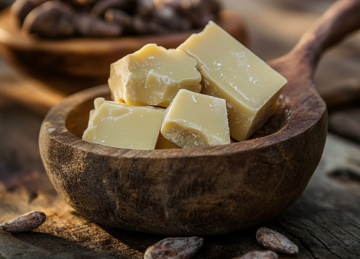Working with Sal CBE: Onboarding, Compliance, and Delivery
If you work in the chocolate or confectionery industry, you may be acquainted with Sal CBE - a cocoa substitute that has quietly changed the game for chocolatiers and manufacturers in terms of texture, durability, and sustainability. However, introducing a new speciality fat, such as Sal CBE, might raise a few questions: How do you integrate it into your system? How about regulatory compliance? Not to mention logistics and delivery. Don't worry, we'll break it all down in a way that's as smooth as the melt from a well-tempered chocolate bar.
Let us start with onboarding. Working with Sal CBE does not necessitate a complete revamp of your system, but it does necessitate a deliberate approach. Because it is meant to mirror the functions of cocoa butter, most producers find the changeover to be rather smooth. Sal CBE may be simply included in existing chocolate recipes, eliminating the need to re-develop your formulations from scratch. However, it is still a good idea to do some pilot experiments beforehand, especially if you are doing it on a large scale. This allows you to adjust tempering settings, assess mouthfeel, and ensure that the finished product meets the same high-quality standards that your consumers expect.
Now, on to the less-than-glamorous (but very vital) issue of compliance. Sal CBE is widely approved and licensed in most countries of the globe, as provided as it is used in specific proportions, typically no more than 5% of the whole chocolate mix. Nonetheless, regional food laws differ, so it's critical to study labelling criteria and import/export rules before purchasing your first bulk buy. Ensure that you have all of the necessary documentation, such as product specifications, technical data sheets, and FSSAI, Halal, Kosher, or RSPO certification, depending on the markets you are targeting. Believe us when we say that resolving this issue now will save you a lot of trouble later on.
Okay, let's talk about delivery because great product logistics can make or ruin a firm. Sal CBE, being a speciality food, requires certain storage and temperature conditions. Though more heat resistant than conventional cocoa butter, it should still be handled with caution. When ordering, make sure the provider offers temperature-controlled storage and transportation, especially if you live in a hot climate. Bulk packaging is often delivered in cartons, drums, or totes, so choose the type that best fits your operation. Don't forget to mention lead times; good things take time, especially when you're procuring from reputable, sustainable suppliers.
But wait! It gets better! With Sal CBE, your supplier normally provides technical guidance and formulation knowledge. Whether you're developing new SKUs, reformulating mixes, or increasing production, a reputable supplier will have R&D experts who can help you maximise performance and product appeal.
To summarise, obtaining Sal CBE on your product shelves is not only achievable but exciting. You get all of the sensory benefits of cocoa butter, plus cost-effectiveness, sustainability, and better shelf-life performance. By carefully planning, verifying compliance, and scheduling delivery, you can make the journey from sample to shelf smooth, efficient, and deliciously gratifying. So, go ahead and mention better chocolate as your answer. Sal CBE is waiting.




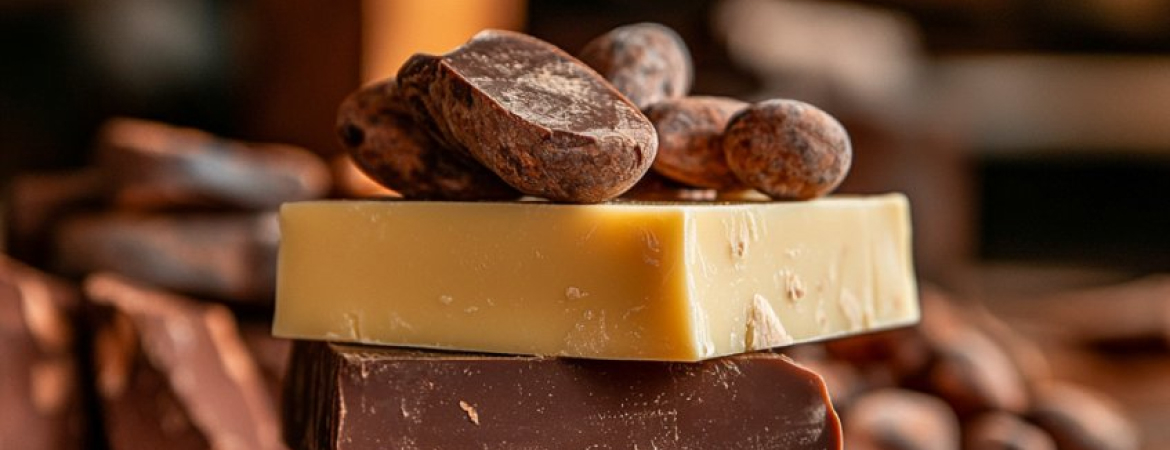

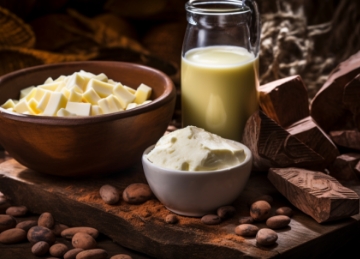
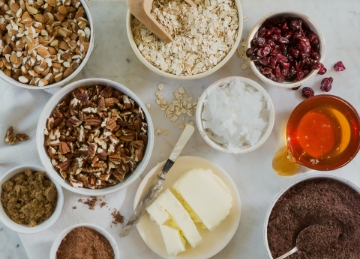
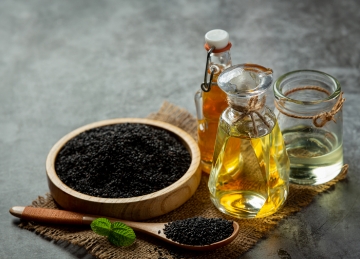
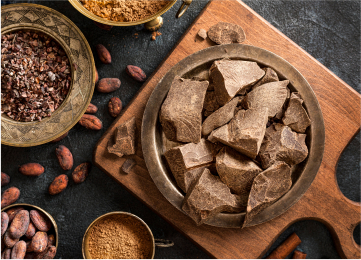
2.jpg)
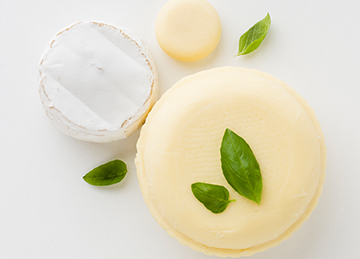
5.jpg)
.jpg)
zny3.jpg)
vgf.jpg)
